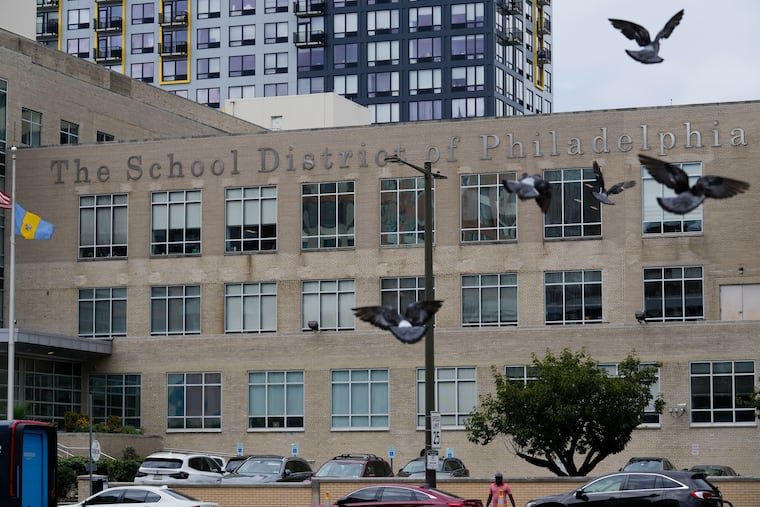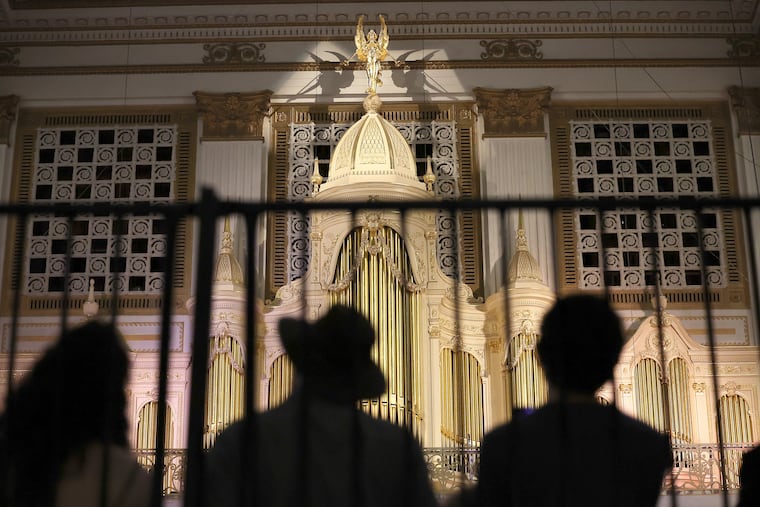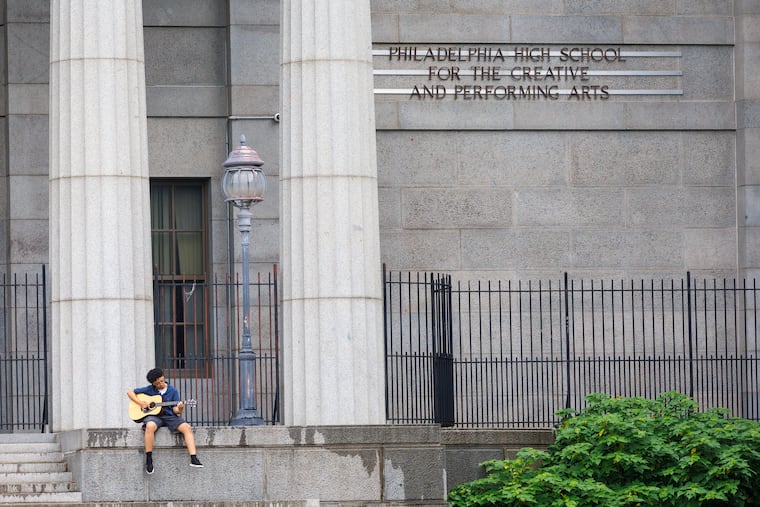Vote in Favor of Affordable Housing Initiatives to Support Better Community Development.
Every resident of New York, whether renting in Crown Heights or owning a home in Cambria Heights, is acutely aware of the persistently escalating costs of housing. Despite witnessing a modest recovery in overall population following the disruptions of the COVID-19 pandemic, the soaring prices in both rental and ownership markets are increasingly driving working-class individuals and families out of the city, which has historically thrived on their contributions. Since 2000, New York City has lost over 200,000 Black residents, with families with children leaving at a rate twice that of other demographic groups, raising concerns about the city’s future as a bastion of diversity and opportunity.
Current housing policies are proving inadequate in addressing these urgent challenges. Despite substantial reforms, including the City of Yes zoning initiative led by Council Speaker Adrienne Adams, the city now experiences a rental vacancy rate of just 1.4%, the lowest recorded since 1968. Alarmingly, nearly half of renters and homeowners find themselves unable to afford their living situations, leading to widespread sentiment that the city has become unaffordable, with surveys indicating that 88% of New Yorkers share this belief.
In the upcoming November elections, residents have a crucial opportunity to influence the future of housing in the city. Voters will be able to support four key ballot measures aimed at reforming the existing housing framework, which has often been seen as excessively complicated and bureaucratic. The current average timeline for housing development in New York City is nearly 900 days, starkly contrasting with 220 days in Boston and 400 days in Los Angeles. Over the past century, housing production has plummeted by 75%, leaving entire communities with no new projects approved in a decade.
The disproportionate impact of this crisis is evident, particularly among Black and Latino families, who report significantly poorer living conditions compared to their white counterparts and represent a disproportionate majority of those in shelters. Home ownership statistics paint a similar picture, with ownership rates standing at 42% for white residents compared to just 27% for Black residents and 17% for Latino residents.
In response to these pressing issues, the proposed measures aim to expedite the development of affordable housing, streamline bureaucratic processes, and harness modern technology to overcome existing inefficiencies. Specific proposals include simplifying the approval process for smaller developments and digitizing planning maps, which could drastically reduce delays experienced in the development phase.
As New York faces one of its most significant housing crises in decades, the need for immediate action is evident. The upcoming ballot measures represent a pivotal chance for New Yorkers to reclaim control over their housing landscape. By voting in favor of these proposals, residents can initiate a much-needed transformation that addresses the affordability crisis and fosters equitable access to housing across the city. The stakes are high, and collective action is essential for safeguarding the city’s future.







